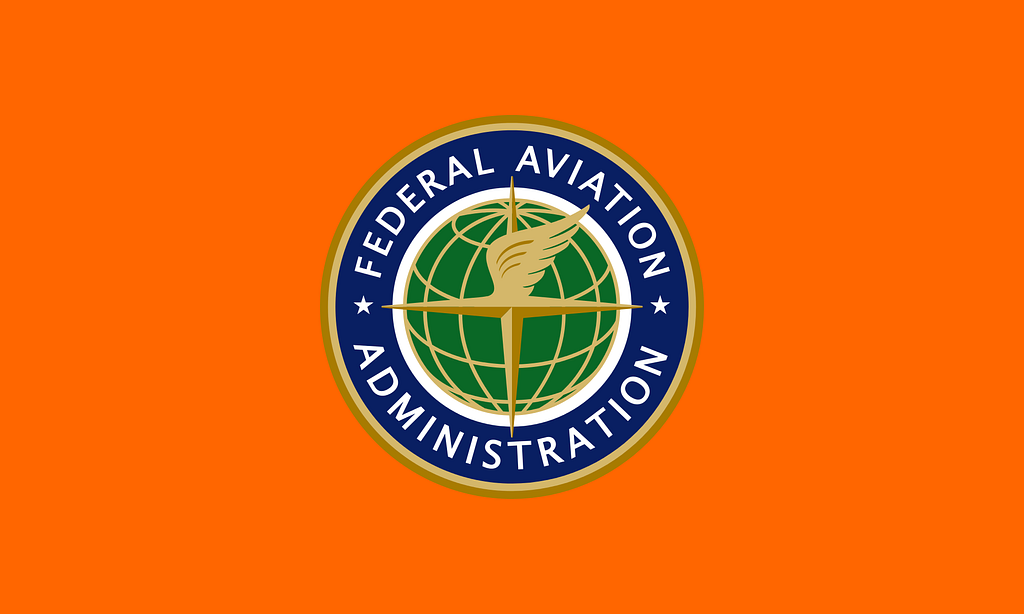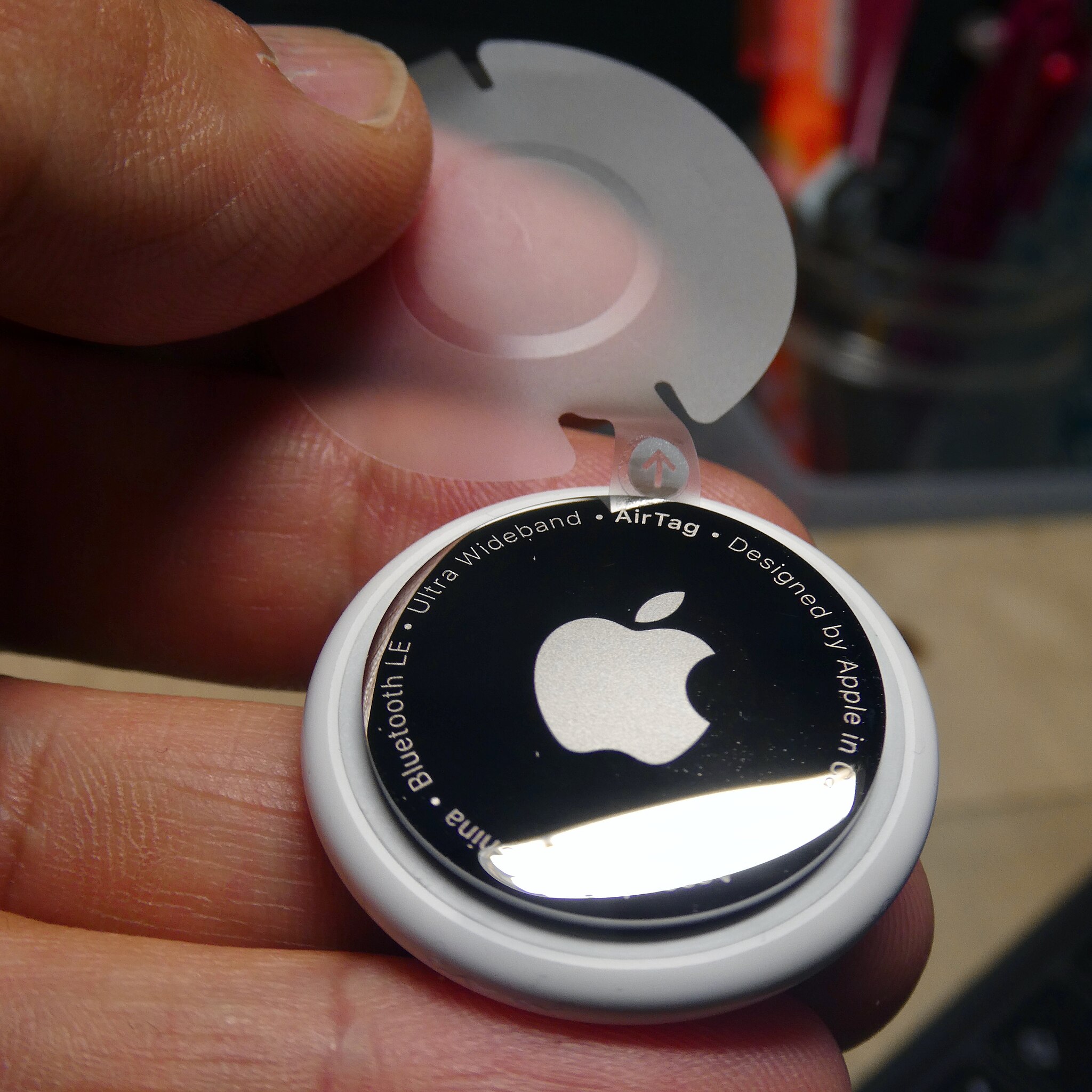Newark Liberty Airport has morphed into the transportation equivalent of a smartphone with 1% battery – technically functioning but utterly useless when you need it most. The crisis intensified when significant staffing shortages hit air traffic control operations, leaving the already-crippled single-runway operation gasping for survival.
If you’re booked through Newark anytime soon, consider yourself warned. Your flight status is about as reliable as season finale promises from a cancelled Netflix series.
The scene inside Terminal C resembles the aftermath of a digital rapture. Departure boards display a sea of red “CANCELLED” notices while food court vendors face diminished customer traffic, their once-reliable revenue streams disrupted by the operational chaos.
FlightAware‘s brutal statistics tell the tale: 69 departures and 81 arrivals cancelled in a single day, with over 200 incoming flights delayed. The ripple effects have contaminated the entire air travel ecosystem, particularly hammering United Airlines, which dominates Newark operations.
United took decisive action by axing 35 daily round-trip flights – ten percent of its Newark schedule, according to their May 6th press release. Despite these significant cuts, the airline maintains that safety remains their top priority. Everyone knows emergency measures never come without consequences, right?
Local hotels report occupancy fluctuations as stranded passengers seek accommodations. One airport-area property manager noted they’ve seen unusual midweek vacancies alongside desperate calls from travelers needing last-minute rooms. Airport bars have reportedly extended hours to accommodate shell-shocked travelers seeking liquid therapy.
The FAA‘s recovery strategy reads like a technical rider for an aging rock band trying to stay relevant: high-bandwidth telecommunications, fiber optic upgrades, and a new STARS hub at Philadelphia’s Terminal Radar Approach Control – all verified components of their modernization initiatives. The plan has everything except the one detail travelers actually need – when normal operations might resume.
The staffing crisis reportedly intensified following a temporary radio and radar outage that added stress to an already-strained workforce. The FAA has struggled with nationwide controller shortages, but Newark’s situation represents a dramatic escalation requiring emergency intervention.
Remember when you’d show up at the airport with just enough time to make your flight? At Newark, that approach now carries the same risk level as texting your ex after midnight.
Newark is the canary in the coal mine, without real investment in both technology and human resources, we’ll see this scenario repeat elsewhere.
With summer travel season approaching, the timing proves catastrophic for an airport that typically handles 1,200 daily flights, according to Port Authority figures. What was once a transportation hub now functions more like an expensive waiting room with overpriced sandwiches and free anxiety.
For now, Newark’s reality remains written in departure board red. Pack your patience, download a series you’ve been meaning to binge, and maybe consider driving. Or just stay home and use one of those AI travel photo generators to fake your vacation pics – your Instagram followers won’t know the difference between AI-created Newark Airport selfies and the real misery of being stranded there for 12 hours. At least traffic jams come with an exit ramp.

















